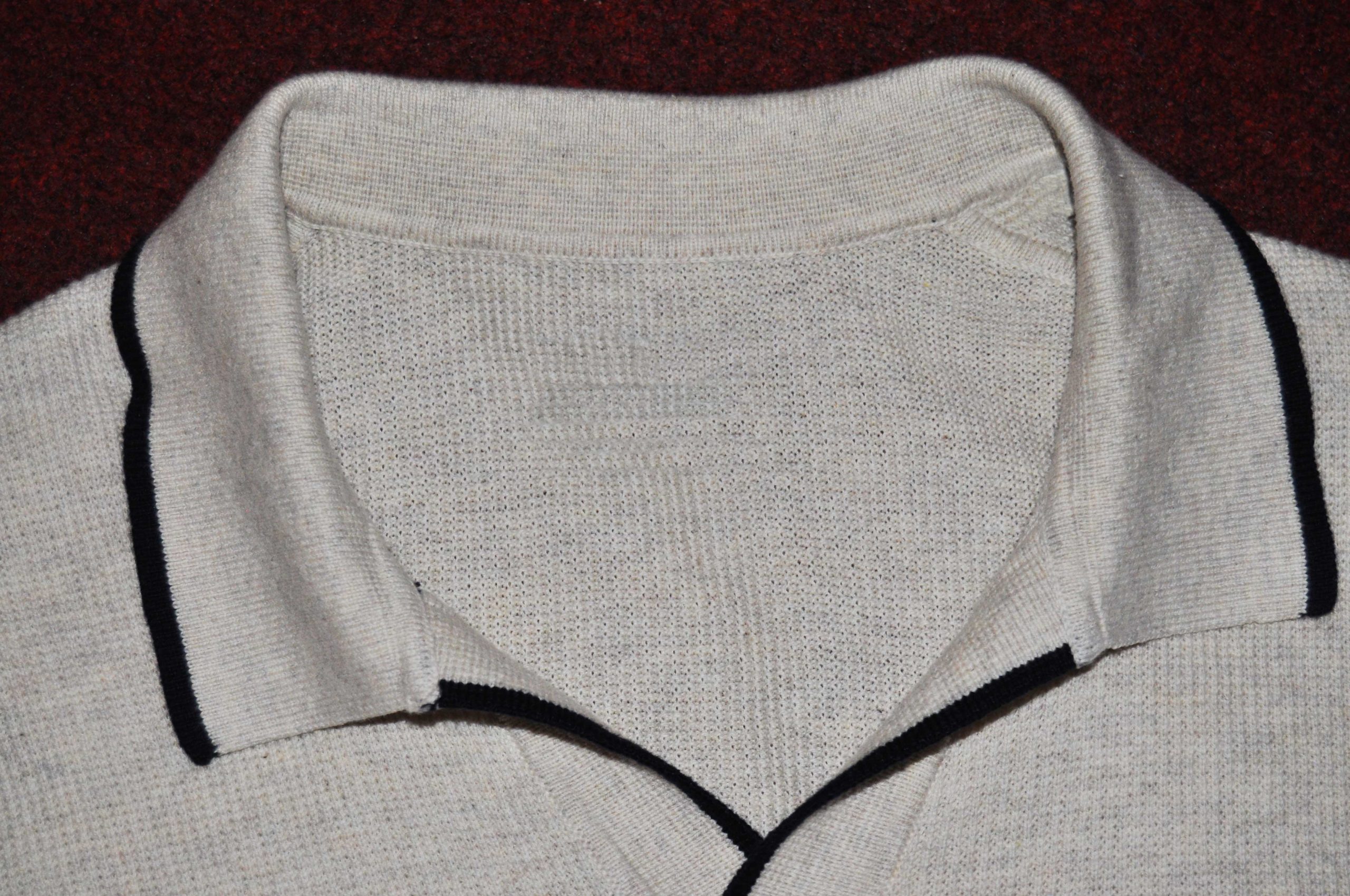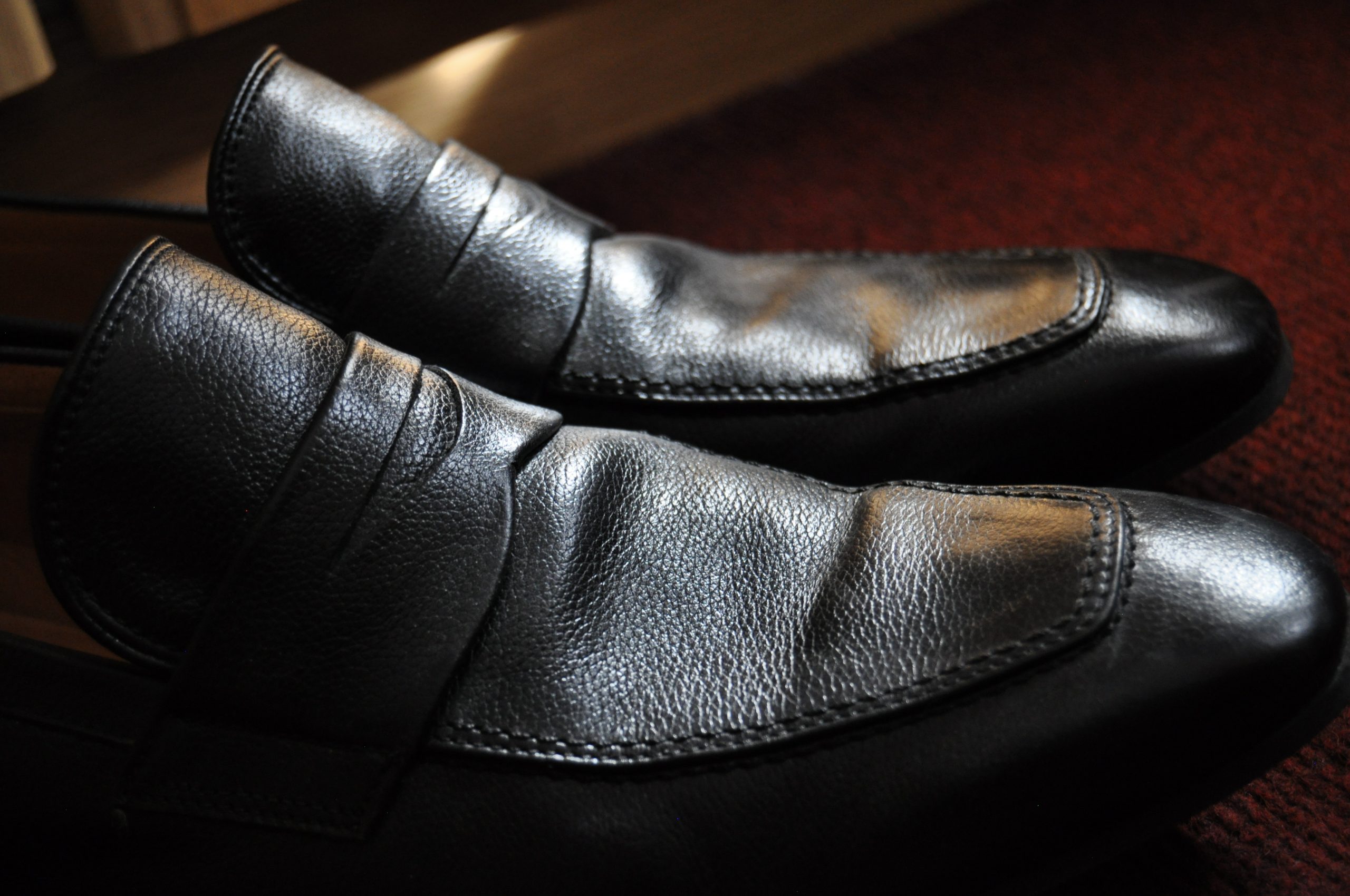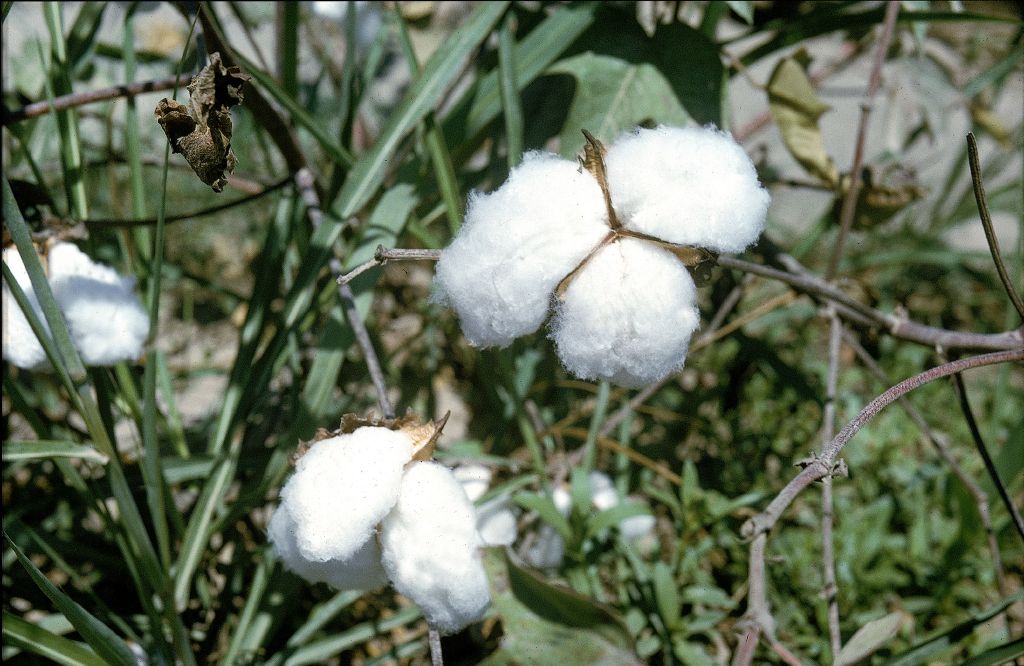When one thinks of a ring that is intended to serve as a piece of jewellery, the popular materials of gold, silver, platinum or titanium immediately come to mind: All other materials are widely regarded as fashion jewellery. In recent decades, however, a new material has gained a reputation in the jewellery industry: Tungsten carbide.
Because of its unique material properties, tungsten carbide is said to be almost as hard as diamond – at a much lower price than diamonds, of course.
Chemically, tungsten carbide consists of the elements tungsten and carbon: tungsten carbide refers to a fusion of these two elements to form a ceramic. The material tungsten carbide is also known from car manufacturing, where it is used as a coating for brake discs.
But what exactly is tungsten?
Gold has a slightly higher density than tungsten.
Tungsten Carbide
Tungsten was not discovered until the middle of the 18th century: in 1758, the Swedish mineralogist and chemist Axel Frederik Cronstedt reported the discovery of an exceptionally hard metal, which he christened Tungsten. Tungsten comes from Swedish and means something like “heavy stone”. Internationally, the name Wolfram became established for the extraordinary metal, but today the name “Tungsten Carbide” is lasered on many pieces of tungsten carbide jewellery.
Tungsten is a heavy metal of superlatives: it reaches its melting point at almost 3500 degrees Celsius, which makes it the metal with the highest melting point of all and results in enormous strength. With a density of 19.25 g/cm³, tungsten is also one of the heaviest metals in the world: this is why pieces of jewellery made of tungsten carbide are quite heavy and thus appear valuable. Gold has a slightly higher density than tungsten.
Usage and production
The filament of a classic light bulb is made of tungsten: Because of tungsten’s high melting point, the material is predestined for use in a light bulb.
Due to its extraordinary hardness, tungsten was particularly sought after in the weapons industry during the Second World War: among other things, tungsten was used for tank shells. This earned the heavy metal a reputation as “weapon steel”.
For a long time, no one thought of using tungsten in jewellery production: The material was considered difficult to work with and if one wanted to adjust a piece of jewellery afterwards, this could prove to be extremely difficult. Moreover, engraving tungsten carbide jewellery is not possible by conventional means – similar to titanium, one has to resort to laser engraving. In the sixties and seventies, it was discovered that the use of tungsten carbide in watchmaking could be of particular advantage: Tungsten carbide is said to have been used to construct the first scratch-resistant watch of all time; today, the material of watches made with tungsten carbide is advertised as high-tech ceramic.
In addition, jewellery made of tungsten carbide is still a rarity – almost every piece of jewellery made of the indestructible ceramic is a unique piece.
Individual pieces
However, tungsten carbide is anything but easy to manufacture: pieces of jewellery made of tungsten carbide cannot be processed with tools such as those used for conventional precious metals. Only laser technology or tools made of diamond can be used to work the ceramic: as a result, jewellery made of tungsten carbide not only incurs the price of the material, but also a correspondingly higher price for processing the ceramic. Nevertheless, pieces of jewellery made of tungsten carbide are currently considerably less expensive than common pieces of jewellery made of gold or platinum. The material is often used in platinum alloys: the soft character of platinum creates the need for a particularly hard partner component like tungsten carbide in an alloy.
In addition, jewellery made of tungsten carbide is still a rarity – almost every piece of jewellery made of the indestructible ceramic is a unique piece.
Cover picture: A Tungsten Carbide ring, © Simon von Ludwig

 Deutsch
Deutsch




